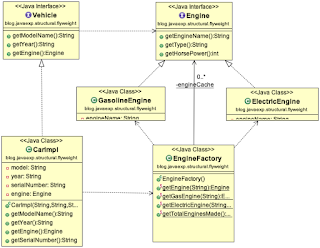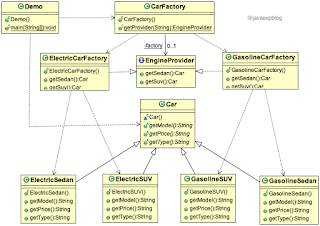Testing private method in Java
Private method in java is not accessible outside the Class which defines it. Since they cannot be accessed we cannot call them from any Test Class directly to test them. Following are some of the options to test the private method 1) Change the visibility of the private method to package or protected. 2) Create a public method in the Class and call the private method from the public method Above two solutions requires us to change the original Class. Some times we cannot change the original Class but still would like to have a Test Class for the same method. The other option is to use Reflection api to invoke the private method. For example lets try to test a private method multiple on Class CreditcardMask.java Class targetClass = (Class ) Class.forName(CreditcardMask.class.getName()); // get the method multiply Method testMethod = targetClass.getDeclaredMethod("multiply", Integer.class, Integer.class); Assert.assertNotNull("testMethod is Null", tes...







